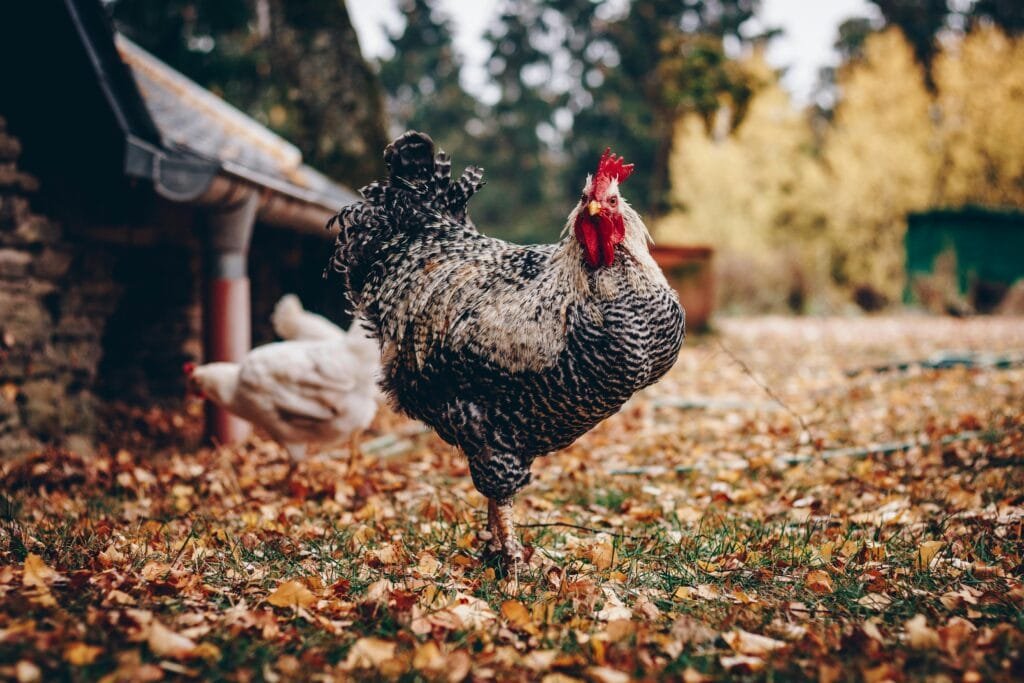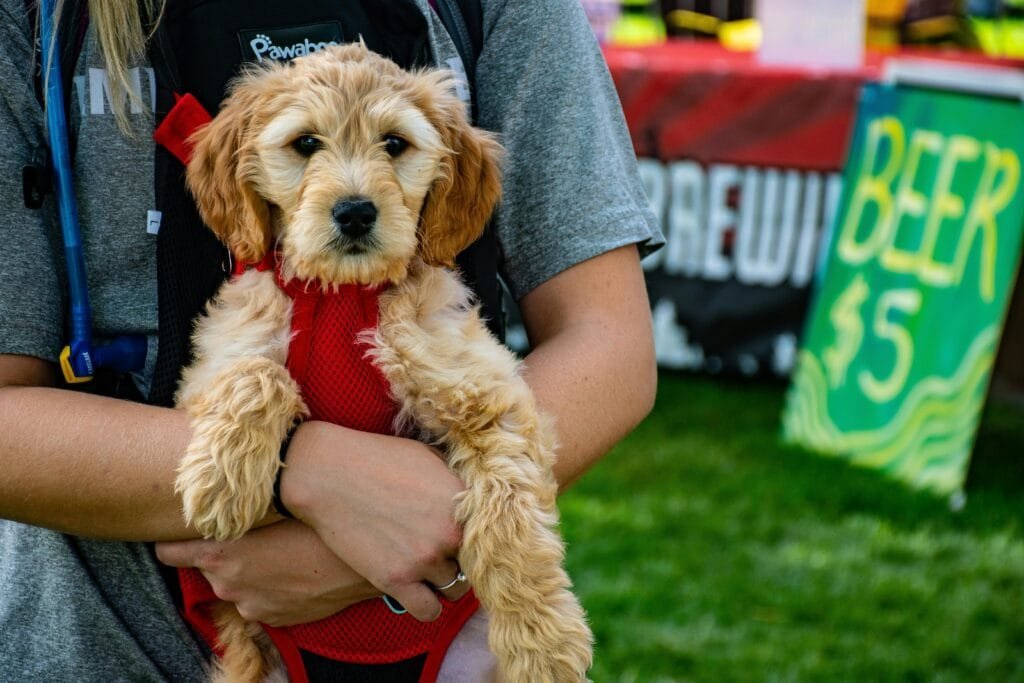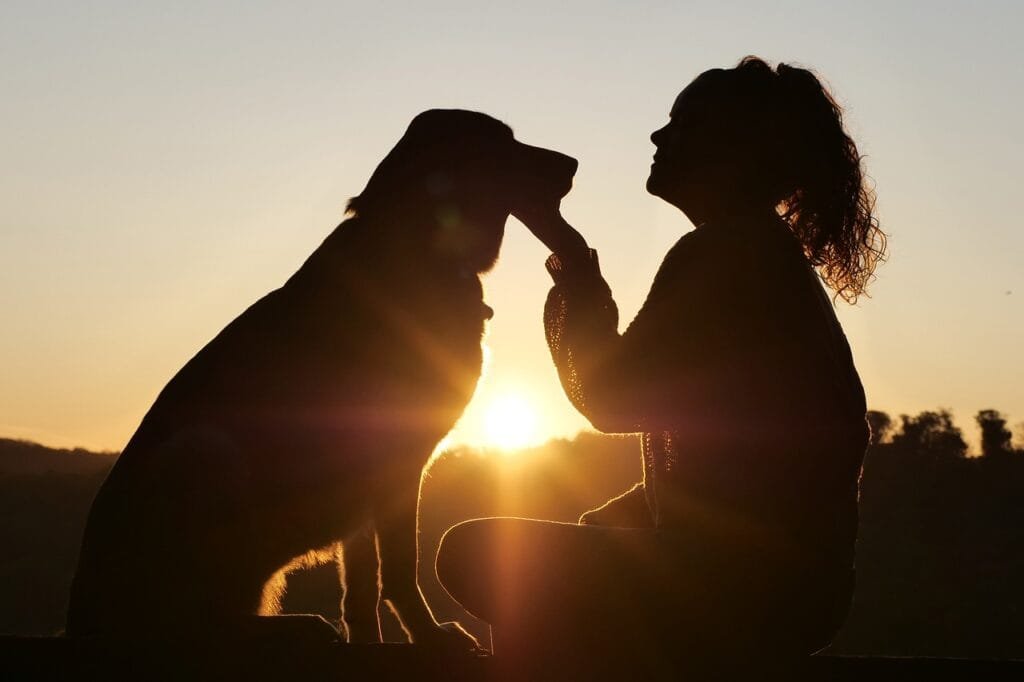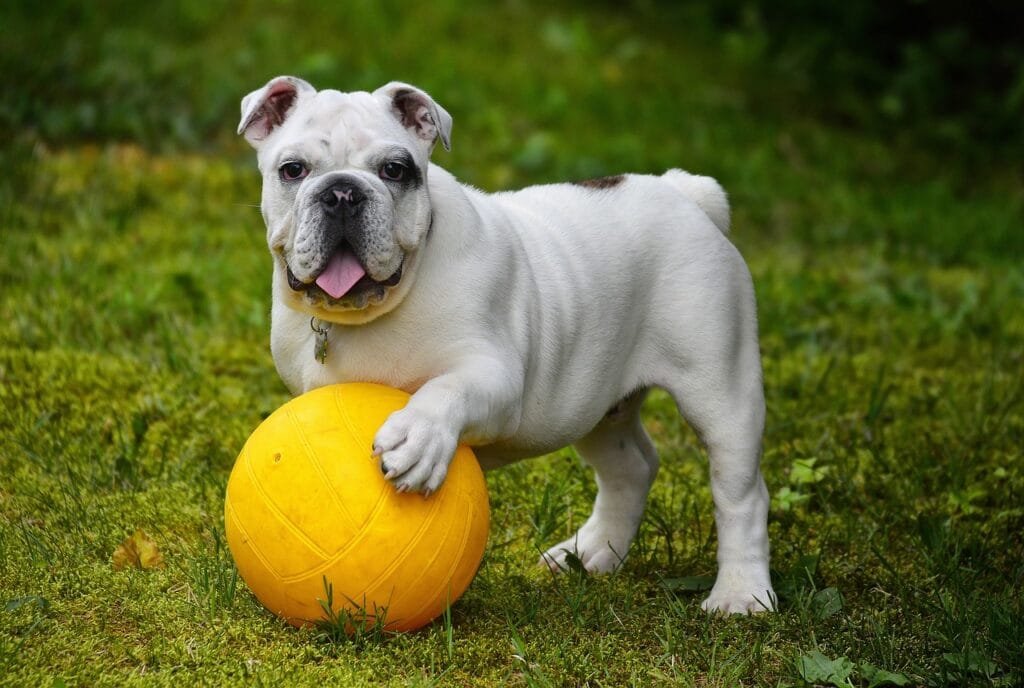The surprising power of social cognitive animal training across species
Ever tried to train a chicken? Or win over a duck who is clearly not buying what you’re selling? This spring, I did both while navigating mud, hay, and some seriously fast pigs. It turns out, training barn animals can teach you a lot about dog behaviour.
In this post, I’ll share how working with pigs, ducks, and chickens helped me grow as a trainer and why that matters for you and your dog.
Quick takeaways
- Social cognitive animal training focuses on communication, not control
- Training across species sharpens your timing, empathy, and creativity
- Learning theory works no matter the species
- Clarity and choice matter just as much as cues and commands
- These techniques work at home, not just on farms
Learning from a muddy field, not just a textbook
This spring, I spent my Saturdays at Phoenix Stables in Saint-Brigide-d’Iberville, Quebec. It wasn’t a leisure trip. It was the final practicum of my Animal Behaviour Apprenticeship. Instead of sitting in a classroom, I was working hands-on with rescued barn animals using the same humane training principles we use with dogs.
There were chickens, ducks, pigs, and a foal. There was also dust, manure, hay in every sock, and plenty of shovelling.
And every single species taught me something that made me a better dog trainer. Especially through the practice of social cognitive animal training.
Pigs don’t fake it
One of the potbellied pigs showed me right away how little interest animals have in pretending they’re okay. On my first visit, I tried to pat him after a short training session. He was not a fan of that idea. He was especially not a fan of being touched by strangers. So he charged. Fast.
By the time I returned for my final semester, I had a very different approach. I respected his space. I didn’t try to sneak in touch. I waited for him to come to me.
Eventually, he did. He’d hang out nearby, make soft grunts, and calmly take treats. No more charges. Just a shift built on trust.
Chickens are better timing coaches than most humans
Chickens don’t wait politely while you fumble for your clicker. If your timing’s off, they’ll wander off. If your body language is confusing, they’ll get suspicious. They don’t fake understanding.
We trained the chickens to move between stations as a group. It took weeks of clicker loading, shaping, and careful targeting. But it worked. They learned the pattern and seemed to enjoy the process.
With dogs, we often get second chances when our cues are inconsistent. Chickens? Not so much. Working with them reminded me how important it is to be precise and present. Skills that social cognitive animal training absolutely depends on.
Ducks, foals, and the art of patience
The ducks weren’t just cute, they came with a protective gander who was ready to intervene if anything felt off. Training them meant respecting boundaries and building trust from a distance.
With the young foal, our goal was confidence-building. We used slow desensitization to help him explore tools and obstacles at his pace. No pushing. Just partnership.
These lessons translate directly to dog training, especially with sensitive or reactive dogs. Rushing erodes trust. But if we honour their pace, dogs surprise us with what they’re capable of.
And they all reinforce the heart of social cognitive animal training: the animal is an active, thinking partner.
What is social cognitive animal training?
Social cognitive animal training is grounded in behavioural science, particularly Albert Bandura’s work on social learning. It treats animals as thoughtful learners, not just reactors. Instead of only focusing on stimulus and response, it includes:
- Observation and modelling
- Understanding consequences
- Choice and agency
- Communication through body language and context
In short, it’s about mutual understanding. The same methods we used in the barn also help build confident, engaged dogs through social cognitive animal training.
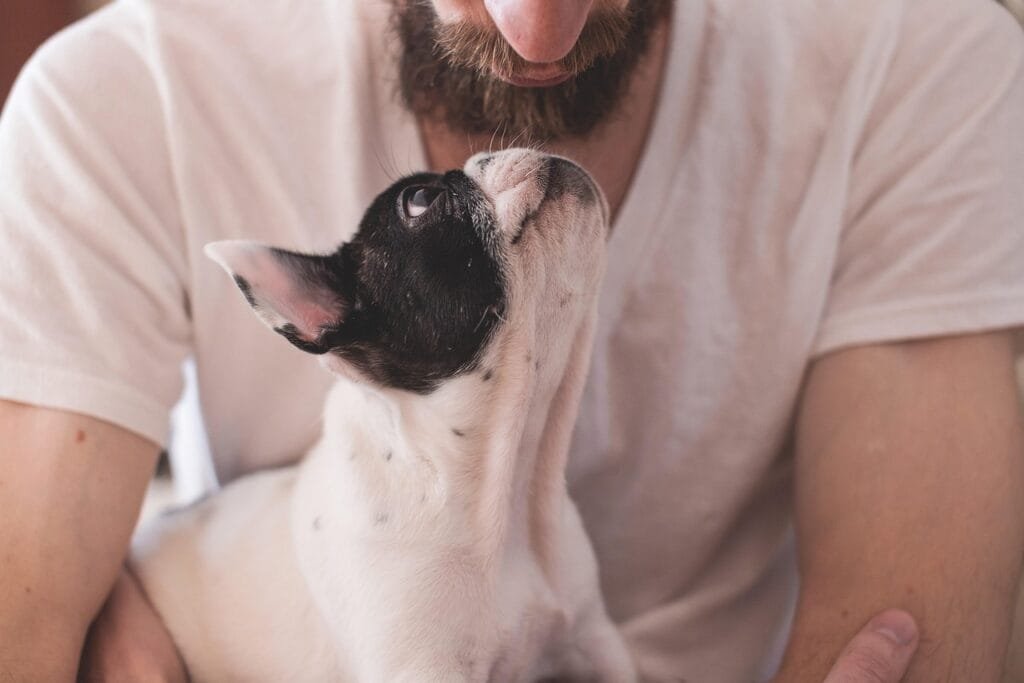
What this means for you and your dog
You don’t need a barn full of animals to use these principles. They work in your kitchen, your backyard, and on walks around the block.
Whether it’s a chicken, a pig, or your anxious shepherd mix, the learning process is built on the same foundation:
- Clarity
Do they know what’s expected? - Choice
Do they have options, or just commands? - Confidence
Do they feel safe exploring and trying? - Consistency
Are you clear and fair every time?
These four elements change the way animals experience training. They feel safer trying new things, they recover from mistakes faster, and they start seeing training as a shared language, not a chore.
And on the days when I needed a break from the dusty barn, I’d take my lunch outside and sit in the drizzle, quietly reflecting on how much the animals were teaching me.
Not just about training. About listening.
Key takeaways
- Training is communication, not control
- Social cognitive training sees animals as active learners
- Timing, body language, and trust-building are critical
- Every animal benefits from clarity, choice, and consistency
- You can use these methods with your dog right now
Ready to train with more connection?
You don’t need a farm to use these techniques. Social cognitive animal training works in your living room too. If your dog struggles with fear, frustration, or trust, we can help. Let’s work together to build skills, confidence, and connection at your dog’s pace.
Book a private session here and take the next step toward communication that works.

